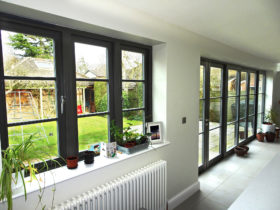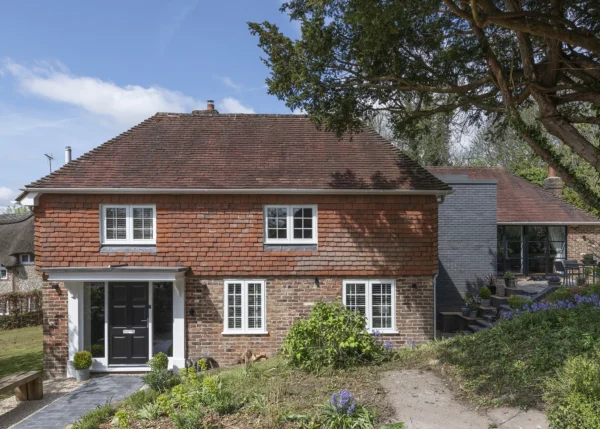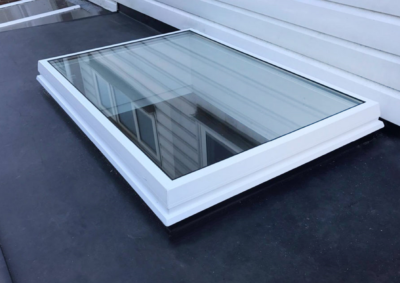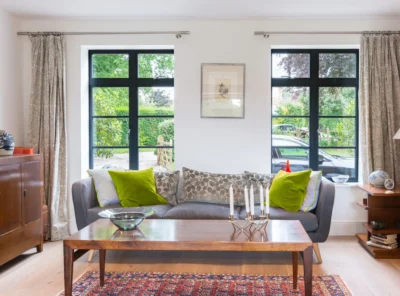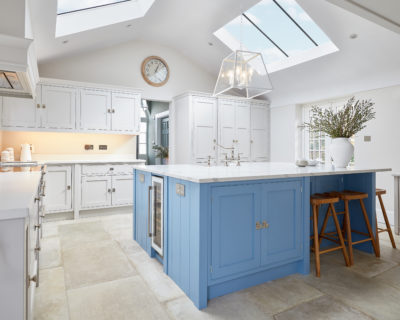Glazed Doors & Weather Tightness: What You Need To Know
Pretty much every customer here at IDSystems will ask us about three specific elements of our products: cost, sightlines and U-values. Each of these is important, however there’s a fourth that’s hugely relevant and hardly ever investigated – weather tightness.
Homeowners generally install bifold or sliding doors to create a seamless connection between the rooms inside the house and its garden. This is why manufacturers and suppliers often use images of blue skies and sunny days to help buyers fall in love with the idea of bringing the outside in.
But, recent weather patterns aside, in reality the number of warm, sunny days here in the UK is around 30 across the whole year. So any door system needs to work with the British weather throughout changing seasons.
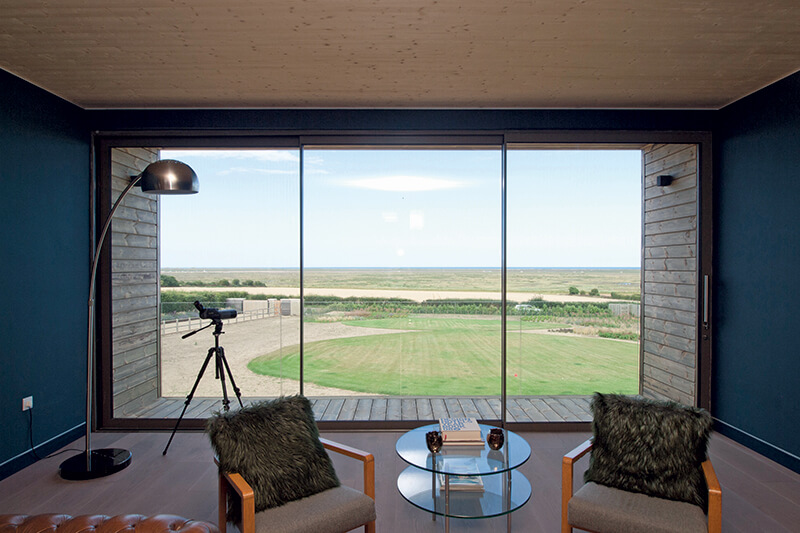
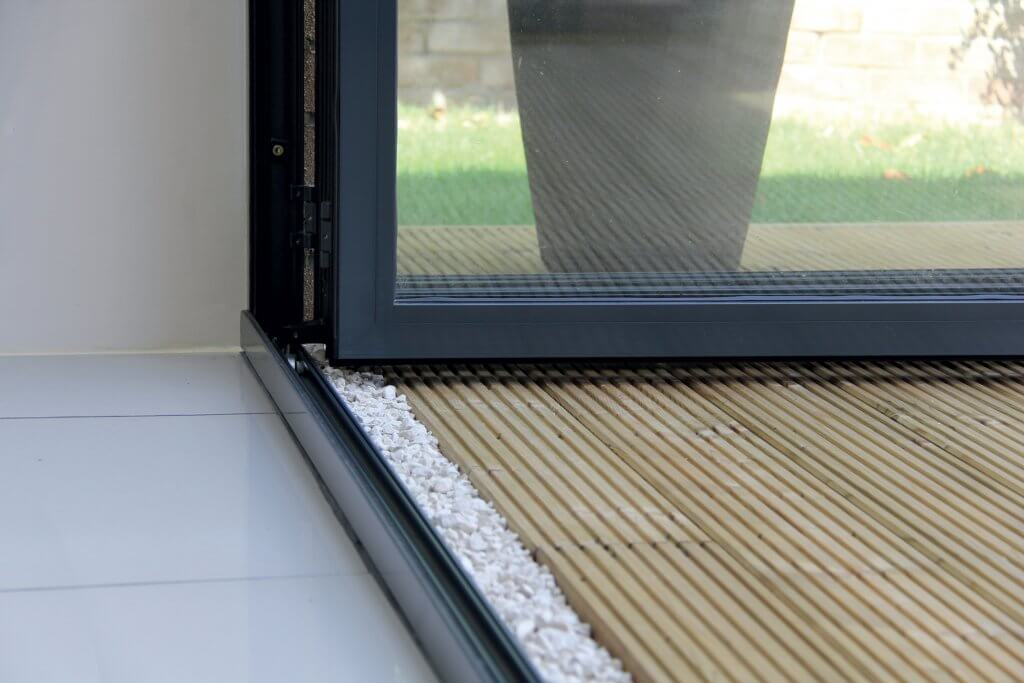
As the number of days you’ll have your doors open for may be limited, you need to trust that the product you buy will stand up to the elements and keep draughts, wind and rain from coming in – and this is where weather tightness ratings come into play.
Weather testing
U-values (which express the rate of heat transfer through an element) are theoretical calculations based on a door system’s panel. When it comes to weather ratings, however, each set of doors is physically tested in its entirety, including the outer frames and tracks. Individual products are checked for air permeability, water tightness and wind load – meaning the amount of air or water that can penetrate through the door to the inside when it’s closed.
The quality of seals, design and manufacture are all examined, as is the ability for all these components to work together to minimise draughts and leaks. Having the complete door system tested also offers an indication of the quality of the overall product – in particular the manufacture standard – as well as how well the panels seal together and to the door’s outer frame.

Ask your supplier for European standard tests certificates to ensure your door system can withstand the elements
Weather tightness tests are done by a licensed testing facility in a controlled environment. They are carried out to European Standard EN 12207 for air permeability and EN 12208 for water tightness. The former is rated from 0 to 4 and the latter from 0 to 9, with higher numbers meaning better performance.
Checking the standard
Although there is a minimum standard in the Building Regulations for thermal efficiency, there isn’t one for weather rating. In fact, it’s possible to have a door with outstanding U-values that can still create draughts because the seals and interlocks weren’t included in the calculated heat loss.
This is particularly an issue if a property is in an exposed location susceptible to prevailing winds and rain. The other challenge is that not every manufacturer and supplier of glazing clearly advertises the test results of their products.
Some manufacturers stamp on a generic statement such as ‘independently weather tested’ without actually stating which class or rating was achieved. The only way to be sure of a door system quality is to ask for certificates for the European standard tests, which will clearly identify the air permeability and water tightness.
Edward Stobart is head of projects for IDSystems. He recently renovated a 1960s bungalow and has worked closely with thousands of people creating bespoke homes. IDSystems supplies and installs glazed solutions, including sliding doors, bifolds, windows and glass roofs.
For more information about IDSystems call 01603 408804 or visit IDSystems.co.uk
































































































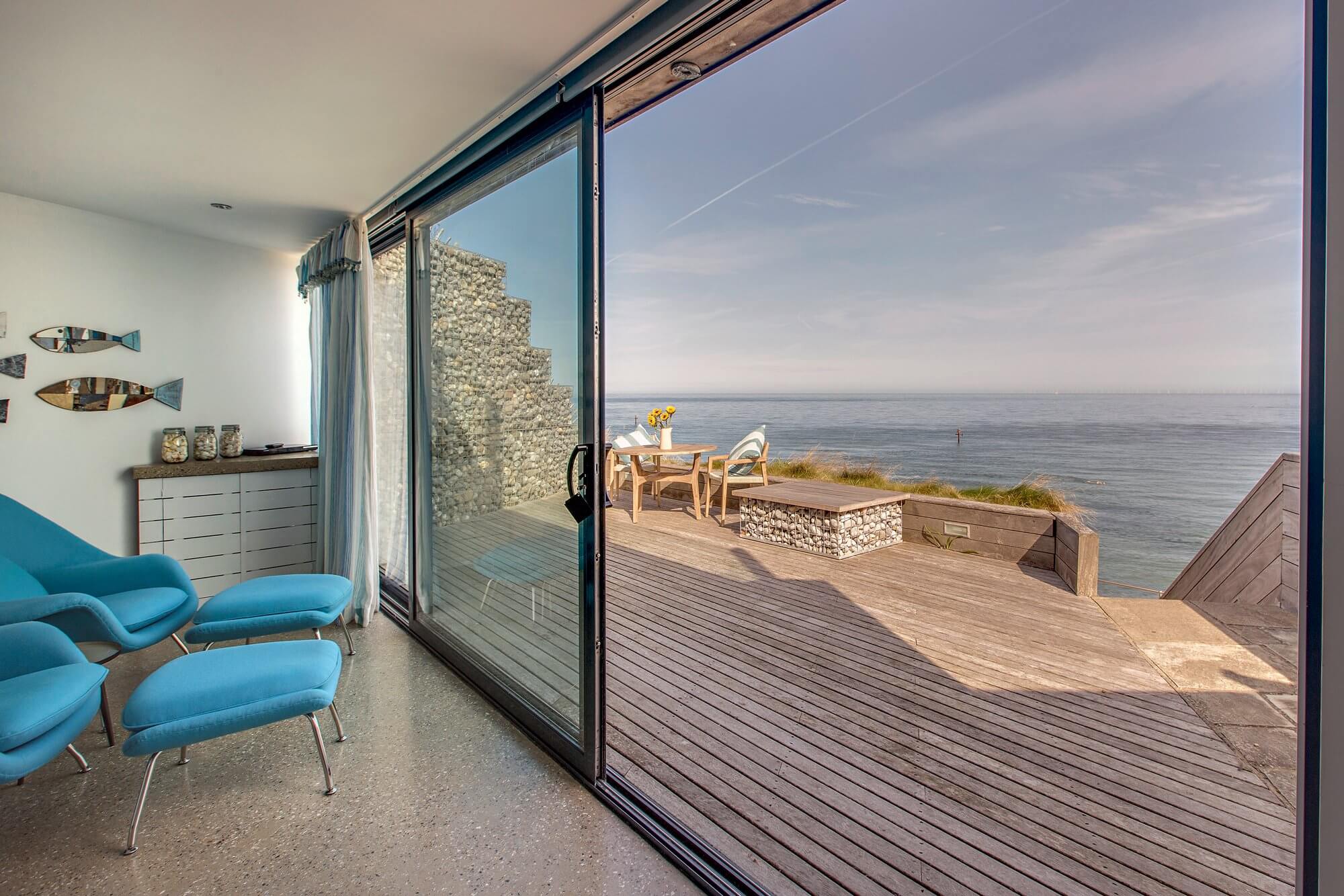
 Login/register to save Article for later
Login/register to save Article for later

